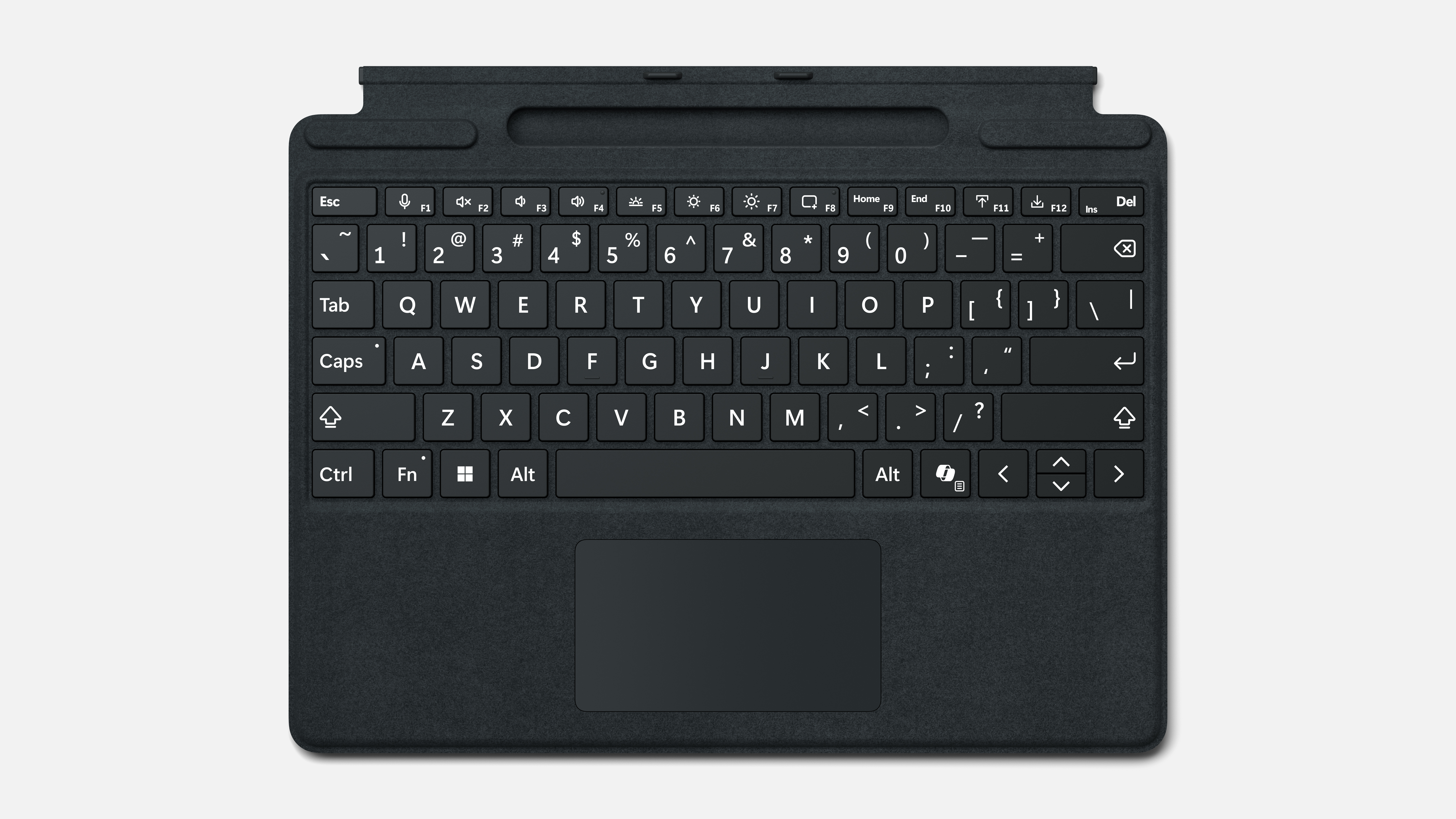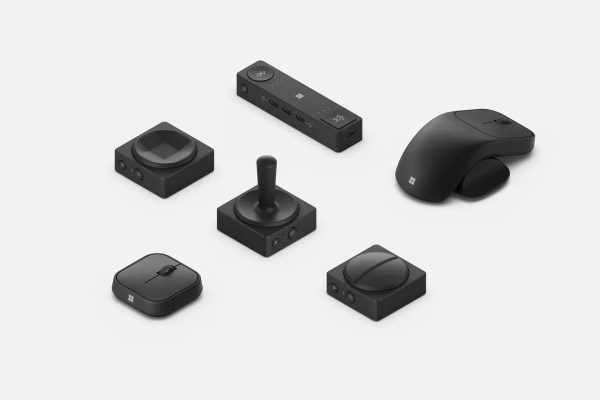Microsoft has long garnered plaudits for its focus on accessibility. It’s a large segment of the population that is too often disregarded as an afterthought when it comes to product design. The company has offered accessibility-focused Xbox peripheral for some time and has introduced the Adaptive line of computing peripherals roughly this time last year.
The line arrived with the Adaptive Hub, D-Pad Button, Mouse and Mouse Tail and Thumb Support, all designed to bring Windows computing to users with disabilities. The line was warmly received for its level of customization — a key part of opening these products up to as many people as possible.
The Adaptive line got a refresh and a couple of new entries at this week’s virtual Windows event. The products are designed to be mixed and matched with standard peripherals and each other to best fit the needs of the individual. Microsoft also offers 3D printed add-ons for further customization.

Image Credits: Microsoft
This round brings back the Adaptive Mouse, which features thumb support and custom tails 3D printed by Shapeways. Outside of this larger casing, the Mouse is an extremely compact square boiled down to its essentials of two buttons and a scroll wheel.
The Adaptive Hub is effectively an adaptive accessory for the other adaptive accessories, allowing for up to three devices and four Adaptive Buttons to be connected wirelessly. Joining the existing Adaptive D-Pad Button is the new Dual-Button. The most interesting addition to the line, however, is no doubt the Adaptive Joystick Button, which closely resembles an old-school stick like the kind found on classic Atari consoles.
Rounding out Microsoft’s new accessibility accessories is a Surface Pro Keyboard with brighter backlighting and bolder text for users with vision impairments. And yes, there’s a Copilot key on board.
